There are currently several hundred wineries in the unincorporated area of Napa county which hold a use permit issued by the Napa County Planning office. Currently these wineries are not required to file reports to the planning office related to their wine making activities. That may change though as a result of recent proposals from the county planning office and discussions with the county’s Agricultural Protection Advisory Committee. (APAC) The County is now proposing an annual self certification that wineries would be required to complete and submit to their office which would be used to verify if wineries are meeting use permit conditions.
Would you know right now whether your winery was in compliance with the conditions on your county use permit?
Based on my interactions with many local Napa wineries most would not. They would also not know what their specific use permit conditions are related to their wine making and which of their on site records are used by the county to determine their compliance.
There are two areas tied to wine making activities that the county looks at to determine a winery’s use permit compliance; wine production gallons and grape appellation sources. The first, wine production gallons is the approved amount listed on a winery’s most current use permit. The second, grape source data is specific to the Winery Definition Ordinance (WDO) which went info effect in 1990 and in part set the requirement for grape deliveries received into wineries with use permits approved after that date at 75% coming from Napa county grapes.
What records does the county use to determine compliance in these two areas? The first, wine production compliance is determined by calculating two sets of numbers which come from the winery’s Alcohol & Tobacco Tax & Trade Bureau (TTB) report of wine premise operations report. (Still commonly referred to in the industry as the 702) Here’s an excerpt from a post I wrote in 2013 which explains and provides an example of these calculations:
“Calculating the first set involves some math. The county first takes a look at your gallons “produced by fermentation”, which is line #2 on the TTB report. They total all of these numbers from 3 year’s worth of reports. Next they add to that the difference in your gallons of bulk wine received onto your site minus the gallons of bulk wine shipped out from your site. These received and shipped sets of numbers appear on lines 7 & 15 of the TTB report form. After reaching the final number of this first calculation they then take a look at one other number from the TTB report, line 13, gallons bottled. They compare the first calculation number to the total gallons bottled number and whichever is higher is what the county will use to base whether or not your winery is in compliance with the number of gallons listed on your use permit.”
Example of calculation:
“Let’s use fictional winery ABC Cellars. Here is their fictional summary for 3 year’s worth of TTB reports.They produced by fermentation (line 2’s totals) 8,540 gallons. They received in bond (line 7) 3,400 gallons and transferred in bond (line 15) 1,890 gallons for a net of 1,510. Adding this to their produced by fermentation number we get 10,050 gallons. (8,540 + 1,510) This is the first calculation number. Lastly their Bottled (line 13) number for the 3 years was 9,640. The number the county would have compared to the number on their use permit is 10,050, since it is the higher of the two. So as long as ABC Cellars has a use permit gallons above 10,050 they would be in compliance”
The second area, the 75% grape source requirement for post 1990 use permit holders is verified by data that comes from all of a winery’s weighmaster certificates, or weigh tags for grapes received onto their site. Here again a sum of 3 years worth of data compiled from their weigh tags (or other record info) is used to determine that at least 75% of the grapes received and processed at a winery site are documented with “Napa county”, “Napa Valley”, or any of the 16 sub Napa Valley AVAs as their origin.
If you are concerned that your winery is at risk of being out of compliance on the above county requirements you can reach me to discuss further. ann@winecompliancealliance.com or 707-266-1946
